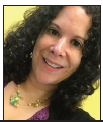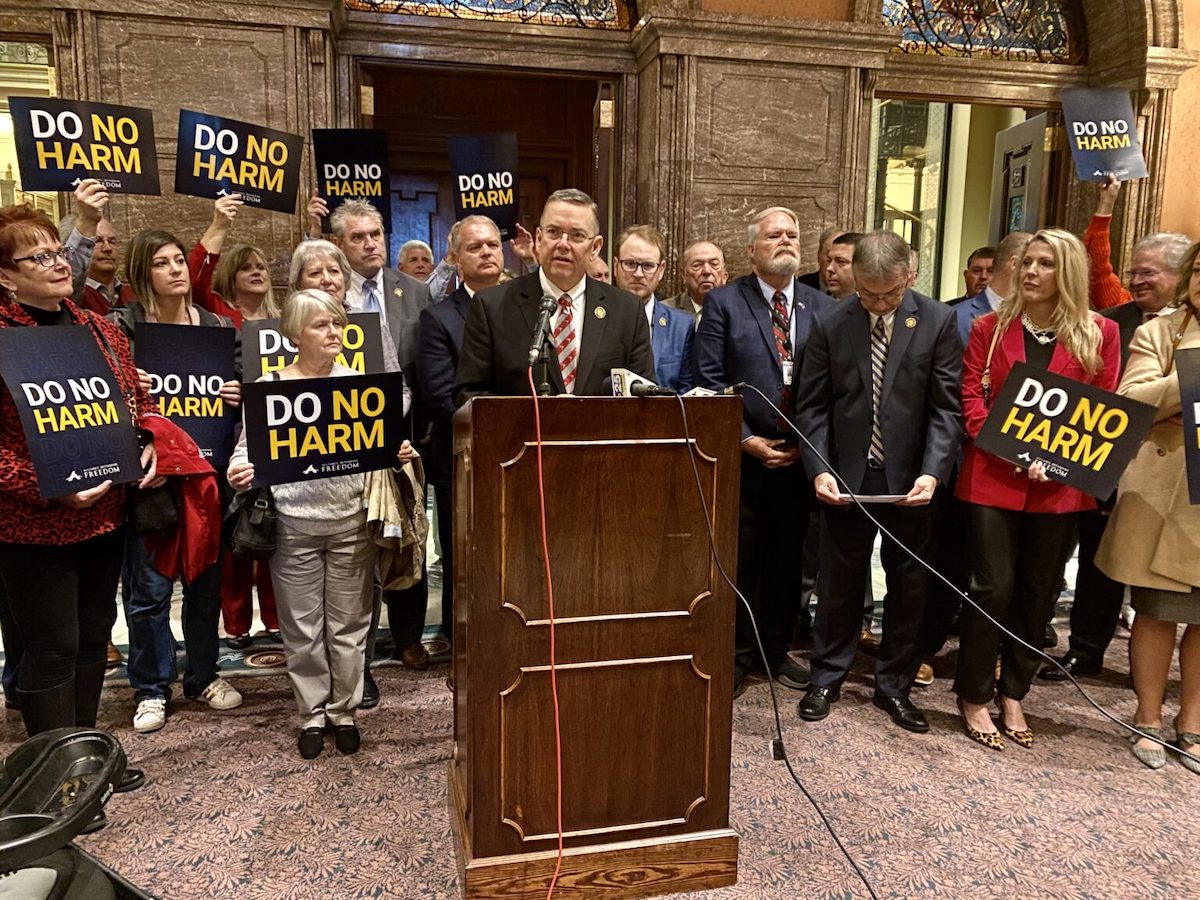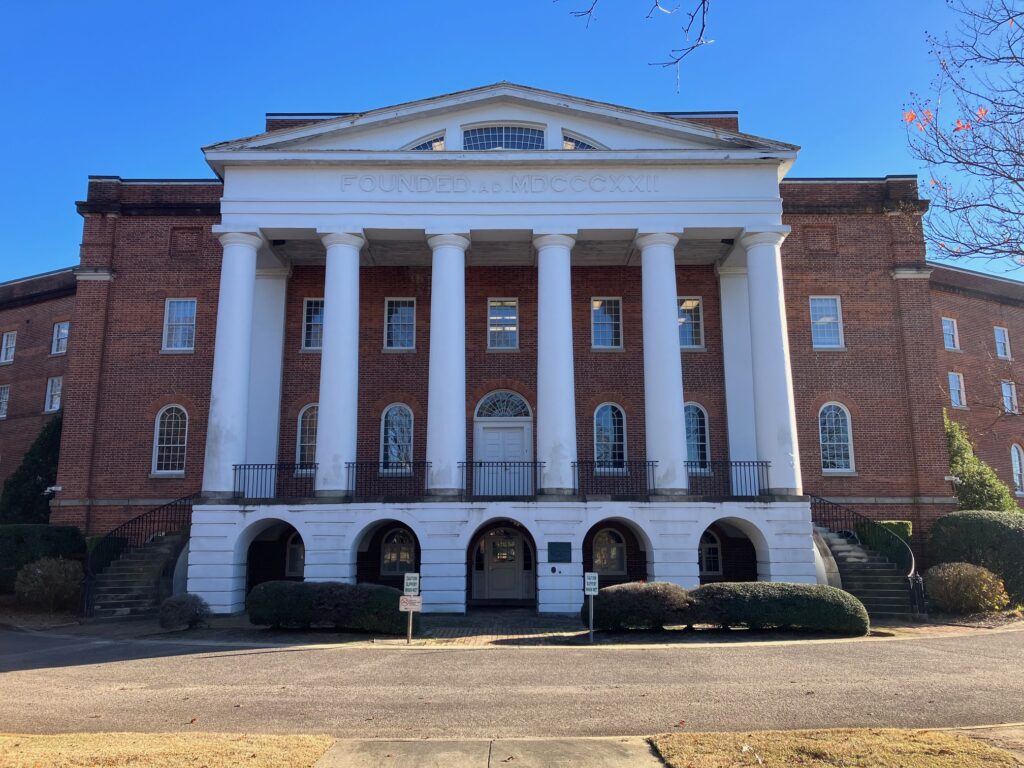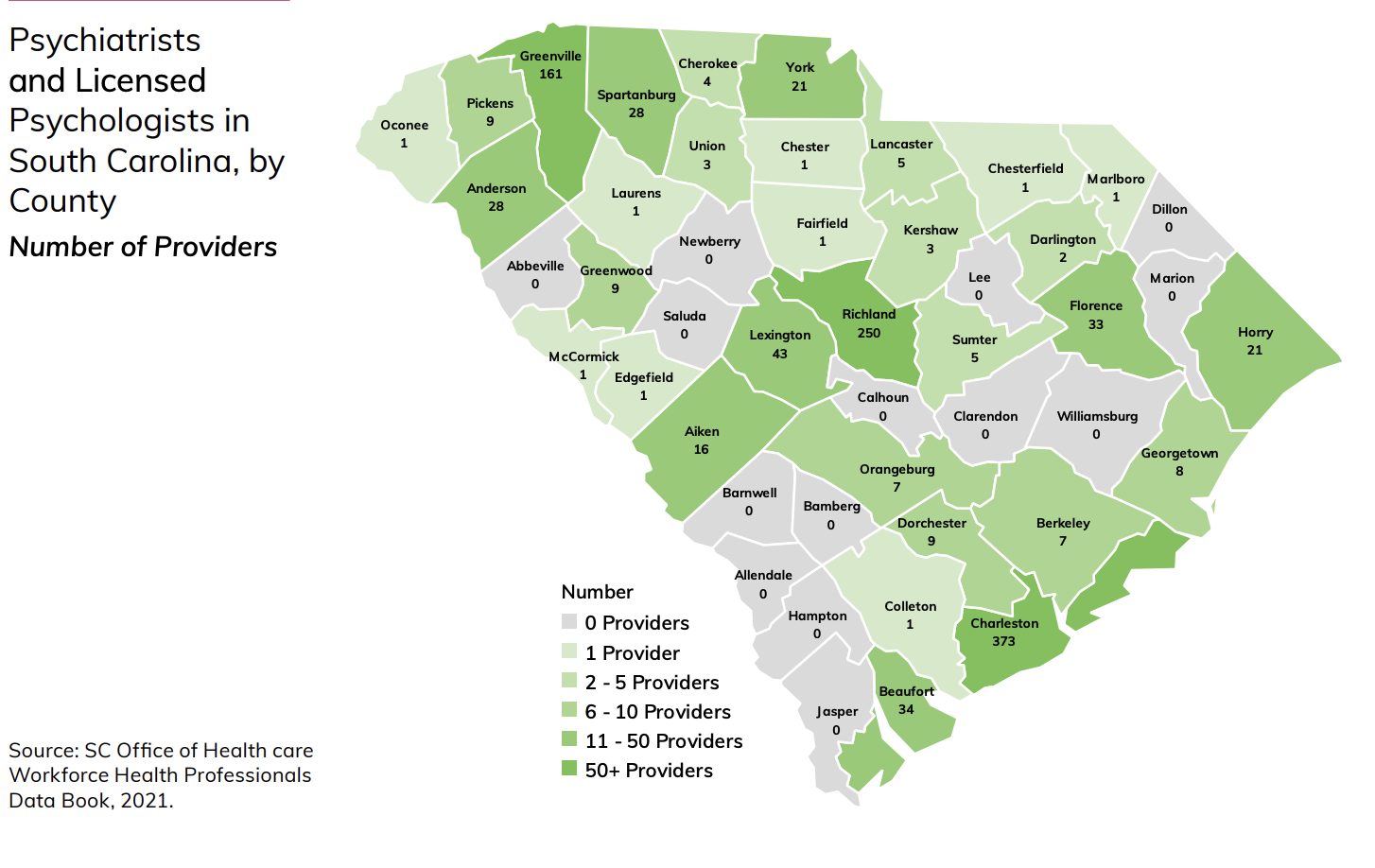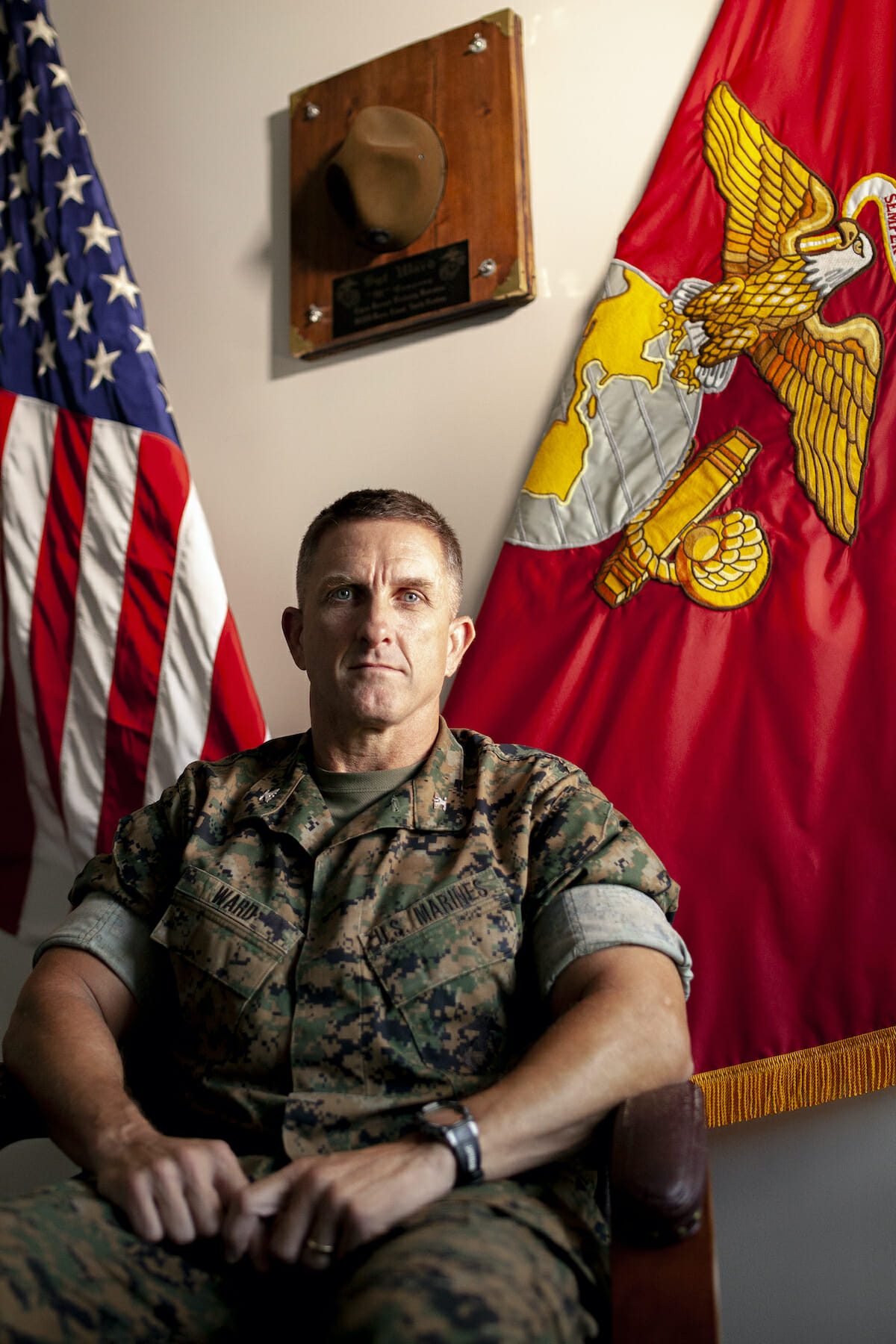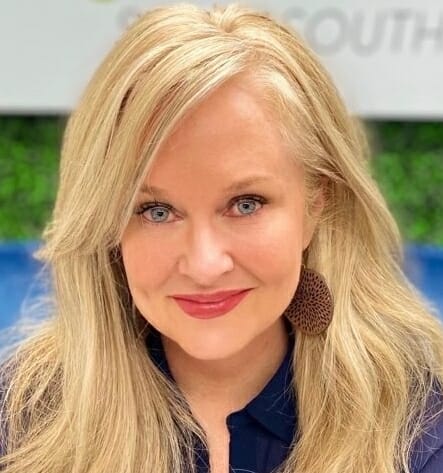As a person with invisible mental disabilities, can I relate to someone with visible physical disabilities?
I definitely don’t believe in a disability hierarchy. There is no disability more valid or deserving of services than others. There’s a variety of challenges the disabled community shares as a whole.
At the very same time there are some challenges unique to specific disabilities.
I’ve never had a physical disability, but I have had physical impairments. And this is my bridge.
In 2008, I was in a car accident that should have killed me. My compact car was crushed between two much larger cars. Fortunately, I walked away with relatively minor injuries.
My side airbag deployed directly on my left arm. As a result I lost all use of that arm. In this moment, it became very real to me how much I had taken for granted having two fully functioning arms in a world built for two-armed people.
Suddenly everything seemed insurmountable: getting dressed, preparing a meal, and even simple hygiene tasks. Showing up to work with clothes not fully buttoned or zipped and hair not completely combed was the least of it. The reality was that things had to get done and it was up to me to make it happen.
The uncertainty of it all made me the most frustrated. Was this a permanent condition? To what degree could I heal? What were possible long-term limitations? These unanswered questions created a heavy emotional burden.
I was prescribed physical therapy. It was there that I had to relearn everything. There was a fine motor skills exercise where I had to use tweezers to pick up grains of sand. There were conditioning exercises to prevent atrophy. There were machines to send shock waves up my arm to “wake up” the nerves. These all had varying degrees of success.
I had to accept there were certain things I couldn’t do without assistance from someone else. There were other things I could do on my own, yet much slower and less effective.
I was beyond frustrated that my arm just couldn’t do things like it used to.
I definitely had the “why me?” and “this isn’t fair” moments. A whole lot of them.
Eventually, with a lot of work, I got better. Mostly better. My left arm will never be what it was before the accident because some of the nerve damage is irreversible.
From the shoulder down to the elbow I’m hypersensitive. From the elbow down to my fingertips I have lost some feeling. Often my arm just randomly goes limp and lifeless for no apparent reason. Other times I get shooting pains like fireworks under my skin.
I do not consider my left arm a physical disability. I consider this a physical impairment or a physical limitation. Next time I’m in a room and the question is asked, “Who can relate to a physical disability?” I’ll be sure to raise my left arm.
Laura Kaponer is a mental health advocate and blogger, as well as a volunteer with the local chapter of NAMI. You can find her on social media by searching #Laurakaponeris1in5.


